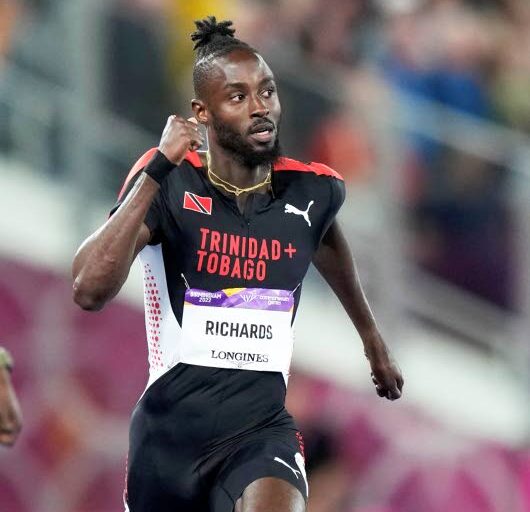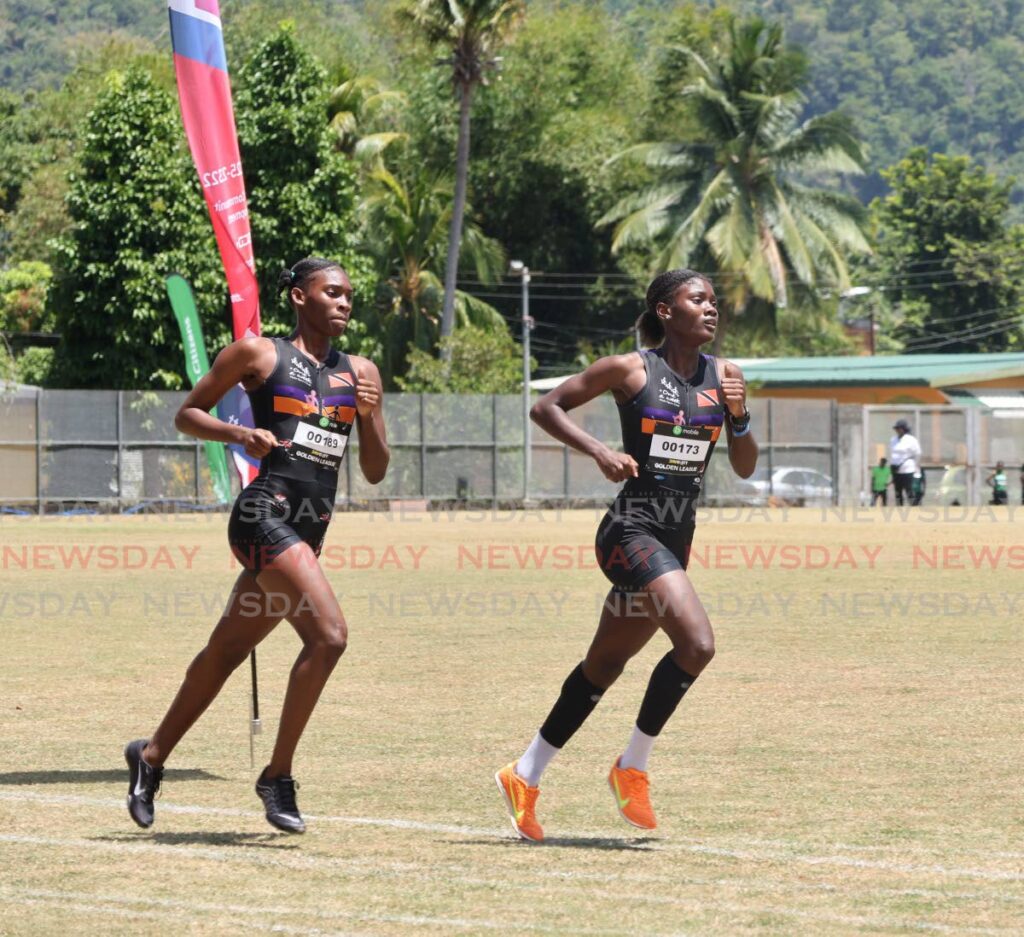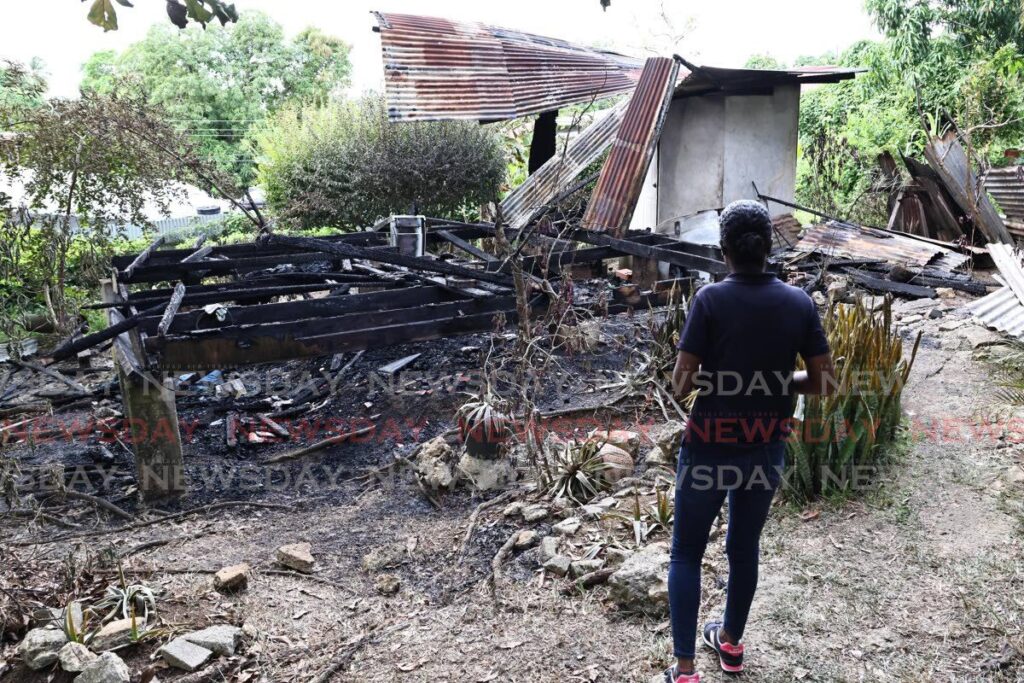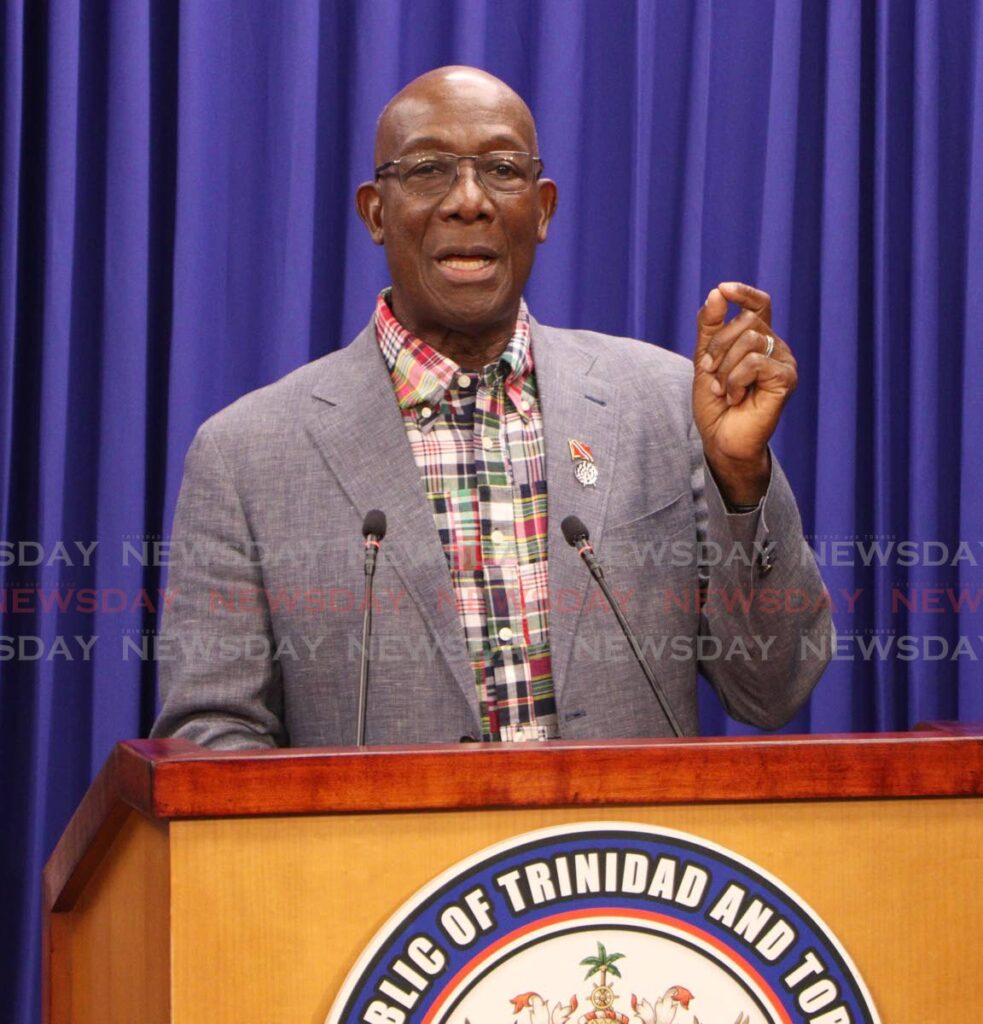We need more TV for we
Written by reggietnt868radio on November 23, 2024

Dara E Healy
The film’s title was Inside de People TV. The opening sequence showed a working-class family watching their local station’s 7 o’clock evening news. Suddenly, there was their teenage son being interviewed, live, during a disturbance in downtown Port of Spain. “Wait!” the mother says, sitting up in alarm, “But is what we son doin’ inside de people TV?”
– Stabroek News editorial about the Banyan documentary
IMAGINE trying to explain to young people that viewers had to physically get up to turn the dial on a wooden frame to change the television channel. In an age when smart TVs are the norm – able to connect to the internet, streaming services or your laptop – this reality must seem a lifetime away.
For the UN, which marked World Television Day this week, it is essential to understand the significance of television as a tool and symbol of communication.
In TT, we continue to be confronted by a flood of foreign cultural forms and values from smartphones, streaming services and more. Is it too late for television to be a viable force in protecting our heritage and culture?
For almost 30 years TTT was our only television station. As children we felt connected to the songs, games and relationships on Sesame Street. At the time, we did not think about the fact that the people, locations, language, clothes and accents were from a completely different place and culture.
Still, television facilitated exposure to local theatre, the performing arts and humour as well. From Cultural Sprangalang to Turn of the Tide and No Boundaries, the 1970s-1980s was a vibrant period of local storytelling through television.
We were able to benefit from these groundbreaking productions because of the vision, determination and fearless creative perspectives of the people behind them. In spite of negative attitudes from mainstream television executives, Christopher Laird, Banyan co-founder, recalls that the Family Planning Association commissioned his team to create Who the Cap Fits.
The series was intended to address specific themes related to the family, in a way that would be entertaining and easily understood, but still convey important social messages. It is no doubt one of the early examples of how theatre practitioners engaged with communities and addressed challenging social topics through television.
Television replaced radio as the centrepiece of the home. In the early days, the “box” literally took centre stage, as families gathered around the screen to view their favourite shows. Marketers soon realised that people without families or a great deal of time could benefit from having quick and easy meals, so the frozen “TV dinner” was born.
Television helped fuel the various civil-rights movements by bringing the speeches and marches directly to global audiences. In TT, people rushed home to catch the 7pm news.
When TV6 was launched in 1991, it became the first independent station in the English-speaking Caribbean. It forever changed the way we engaged with television.
Today, television has shifted again. Research shows that for older people it is a form of comfort, often helping to combat loneliness. Younger generations rarely look at television, preferring instead the information and communities they have developed on their phones and other devices. In another sense, television has become a personal device, offering options for gaming, streaming, and searching.
Questions about ownership of media and funding for local creative projects continue to be pressing issues in the conversation about television and national identity.
In the Caribbean, we are faced with the reality that “over 90 per cent of all non-news content originates from US distributors and is relayed via local cable operators.” Media conglomerates, both global and local, control multiple forms of media, and by extension the views and information reflected in these.
Inside de People TV is a comment on the fact that people do not really believe that television belongs to them. Efforts are being made to create local programming, but they are not keeping up with the pace of foreign-produced material.
Programming for children is critical if we are to foster a strong sense of nation-building and undermine the powerful lure of foreign content. Purchasing foreign shows is cheaper than creating our own, but we must be careful that this approach does not cost us more in generations to come.
Regardless of how television evolves next, our priority must always be to ensure that the people inside the TV belong to we.
Dara E Healy is a performing artist and founder of the Indigenous Creative Arts Network – ICAN
The post We need more TV for we appeared first on Trinidad and Tobago Newsday.




